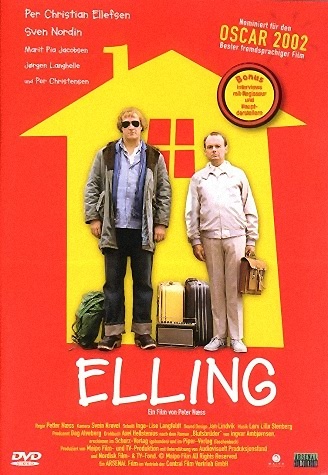But, hey, fair’s fair: American wars inspire some truly awesome war movies and videogames.
First up, Matt Taibbi gets a sudden urge to strangle some soccer moms at a rally for John McCain [emphasis added].
Beind me, a pair of aging Soccer Moms in acrylic sweaters sing McCain's praises. "I can't even imagine being a prisoner of war," says Mom Number One. "It must be so hard."And then from Chalmers Johnson’s The Sorrows of Empire, there’s this account of a US Army effort to recruit teenagers using a free two-part computer game. The first part is called America’s Army and the second part is called Soldiers [emphasis added].
"Yeah," agrees Number Two. "You know he won't surrender over there."
"Mm-hmm," says the first. Then, after a pause: "Oh, hey, you know what I watched yesterday? Saving Private Ryan. And We Were Soldiers."
"Oh, those are great war movies," says Mom Number Two. "Great war movies."
Another pause. Then, "Oh, I went to that new buffet," says Mom Number One. "The one with the salads. I have to say, I'm not that into sweetbreads."
I want to choke the life out of both of them. But how do you communicate to someone the sheer insanity of voting to bomb the fuck out of some distant country while you sit safe and cozy in the Virginia suburbs, evaluating sweetbreads -- just so the world can keep on feeling like the heroic war movies you rock yourself to sleep with on Sunday afternoons?
The answer is you can't….
The game [America’s Army] differs from most other combat videos on the market in that bullet hits are recorded only by little red puffs instead of gushers of blood and flying body parts. The army wants to avoid any suggestion that actual combat might be unpleasant. According to the game instructions, “When a soldier is killed, that soldier simply falls to the ground and is no longer part of the ongoing mission. The game does not include any dismemberment or disfigurement.”So freedom may be untidy, but American wars are not.
According to Johnson, the US government has spent nearly $7.6 million to develop the game and has allocated about $2.5 million a year for updates and another $1.5 million for maintaining a multiplayer infrastructure. For all that money, in 2003 the US Army hoped to use the computer game to attract 300 to 400 recruits.
Not a very good return on investment, is it?



No comments:
Post a Comment